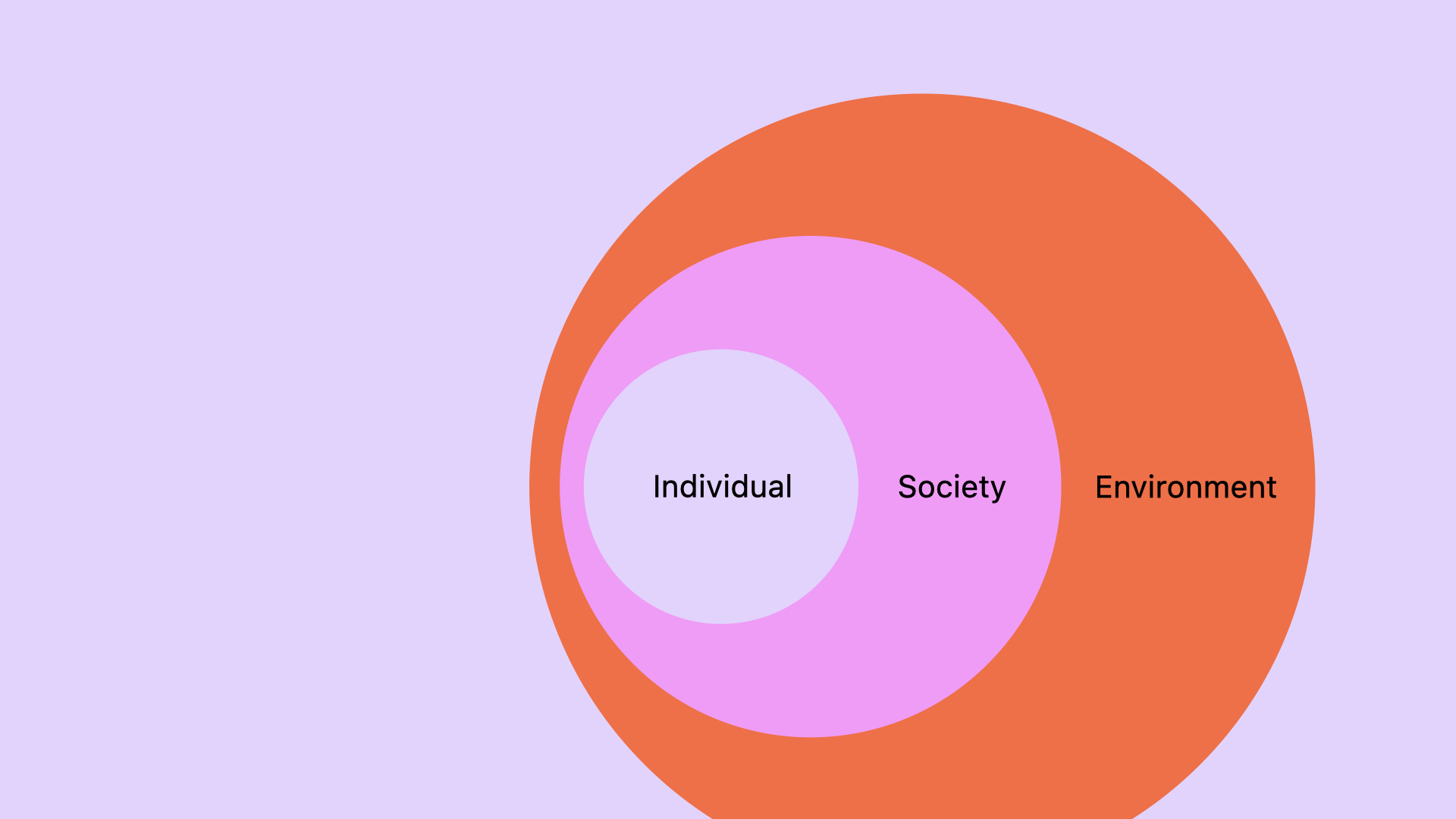Integrating Responsibility into Digital Product Creation through Education
- Role of Individuals in Society and the Environment

Digital products play an increasingly central role in everyday life, influencing how people interact, access resources, and participate in society. Despite this growing impact, the design and development of digital technologies often neglects important social and environmental dimensions. Current education formats tend to prioritize technical proficiency, while questions of sustainability, inclusion, and societal responsibility are rarely addressed in a structured way.
This research project addresses this educational gap. It explores how design methodologies—called Conscious Design, which includes environmental and social dimensions—can foster a stronger sense of responsibility among students. The goal is to prepare future software developers to design digital products that are not only functional, but also fair, inclusive, and sustainable.
The project uses a Design-Based Research (DBR) approach to develop and test educational formats that incorporate responsibility, reflection and sustainability into software engineering classrooms, design courses and interdisciplinary student projects.
At the core of the approach is the creation of interdisciplinary, practice-oriented learning spaces. Here, methods and tools are developed and re-designed to help students critically explore questions of justice, inclusion, and ecological impact—without reducing them to abstract theory. Through iterative refinement, the project identifies how these teaching approaches can effectively shift perspectives and foster deeper engagement with societal and environmental concerns in digital product creation and education.

